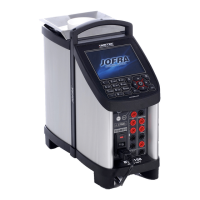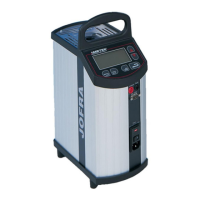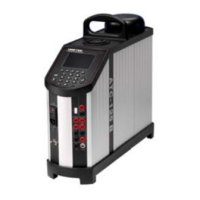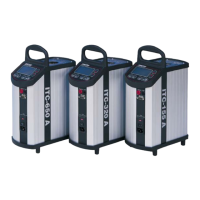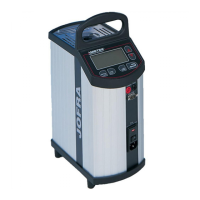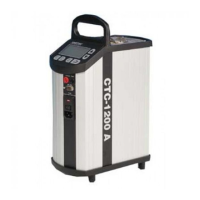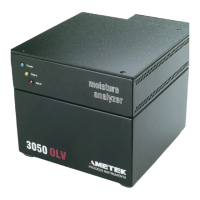127139 13 2014-07-30 109
The exterior of the instrument – Clean using water or isopropyl
alcohol and a soft cloth.
The cloth should be wrung out hard to avoid any water penetrating
the calibrator and causing damage.
The keyboard may be cleaned using isopropyl alcohol when
heavily soiled.
The insertion tube – must always be clean and should be
regularly wiped using a soft, lint-free, dry cloth.
You must ensure there are no textile fibres on the insertion tube
when it is inserted in the well. The fibres may adhere to the well
and damage it.
If the calibrator has reached a temperature below 0°C/32°F, ice
crystals may form on the insertion tube. This, in turn, may cause
the material surfaces to oxidize.
To prevent this from happening, the insertion tube must be dried.
This is done by heating up the calibrator to min. 100°C/212°F until
all water left has evaporated.
Remove the insulation plug while heating up.
It is very important that humidity in the insertion tube is removed to
prevent corrosion and frost expansion damages.
The well – must always be clean.
Dust and textile fibres in the well should be removed from the dry-
block calibrator using e.g. compressed air.
Remains of silicone oil in the well should be removed from the
liquid bath calibrator by using special cleaning oil.
Warning
REMEMBER to wear goggles when using compressed air
and cleaning oil.
If the calibrator has reached a temperature below 0°C/32°F,
ice crystals may form on the well. This, in turn, may cause the
material surfaces to oxidize.
To prevent this from happening, the well must be dried. This is
done by heating up the calibrator to min. 100°C/212°F until all
water left has evaporated.
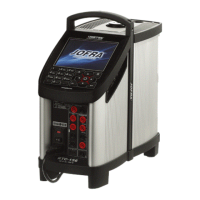
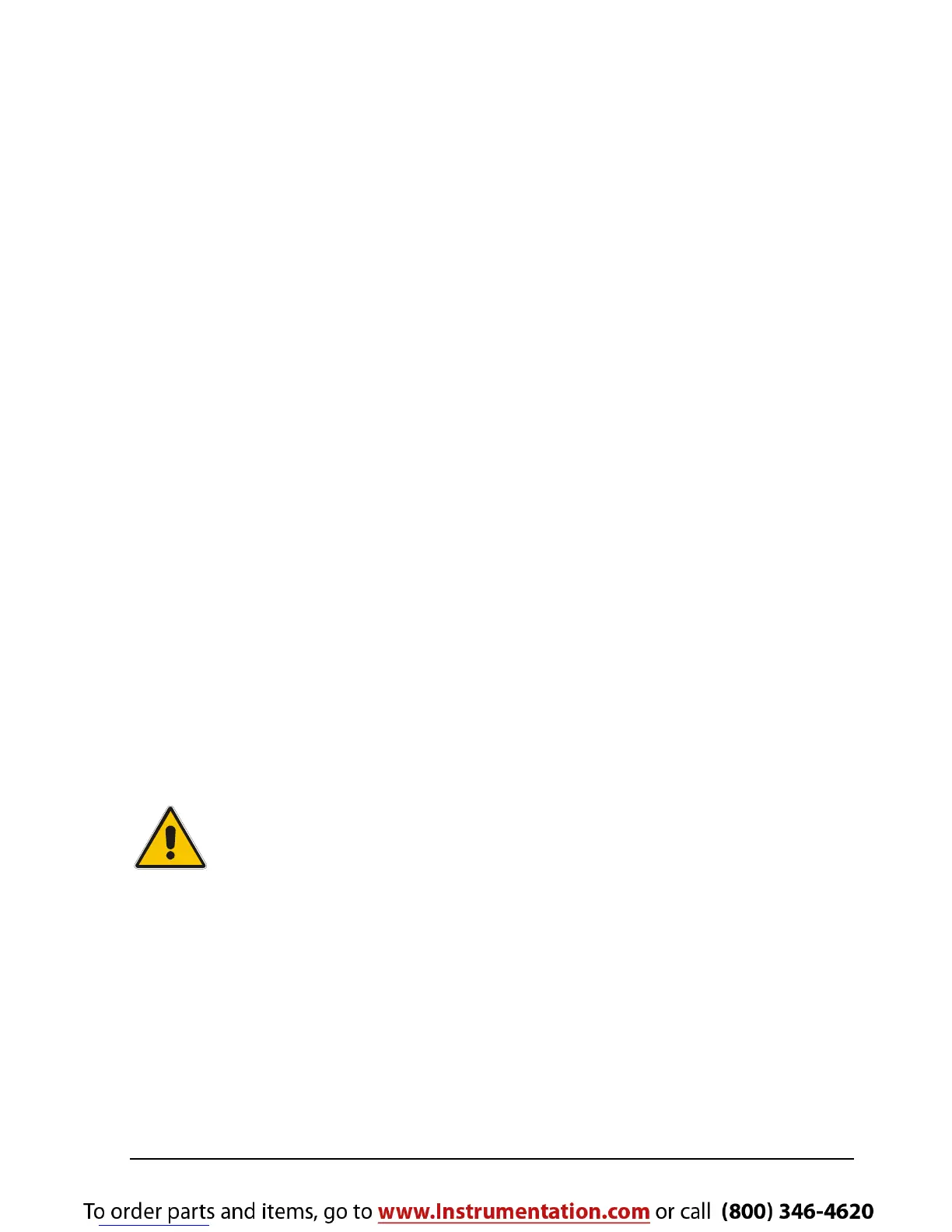